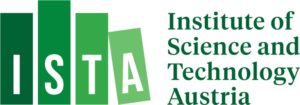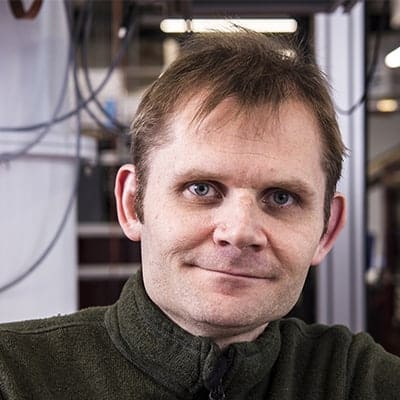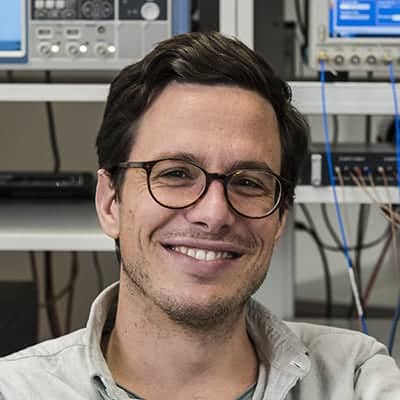Embedded in the research infrastructure of the Institute of Science and Technology Austria (ISTA), the Hybrid Semiconductor–Superconductor Quantum Devices project aimed to answer some of the fundamental questions of quantum physics. Specifically, the research team investigated how to use the quantum state of microscopic nanofabricated physical systems as building blocks for the elusive vision of a quantum computer—a device that can address problems not solvable with classical computers. Important questions included how to improve the coherence time of superconducting qubits (the basic unit of information in a quantum computer), how to couple distant long-lived spin qubits, and to understand the character of Majorana fermions (quantum particles that are their own antiparticles).
While industry-funded research programs are tackling this frontier of quantum physics with an explicit application in mind, the ISTA research team launched a purely insight-driven, experimental investigation. It included the development of new types of devices consisting of a combination of semiconducting and superconducting elements while focusing on maximizing the quality of individual qubits, so that error correction—which usually requires significant resources—could be kept to a minimum. The project was structured along three research objectives, namely: the coupling of spin qubits to superconducting resonators, the integration of Majorana fermions into superconducting circuits, and the improvement of physical qubits for the hardware layer of a future error-corrected quantum processor.
The project was led by Georgios Katsaros and Johannes Fink at ISTA in Klosterneuburg, Austria.




